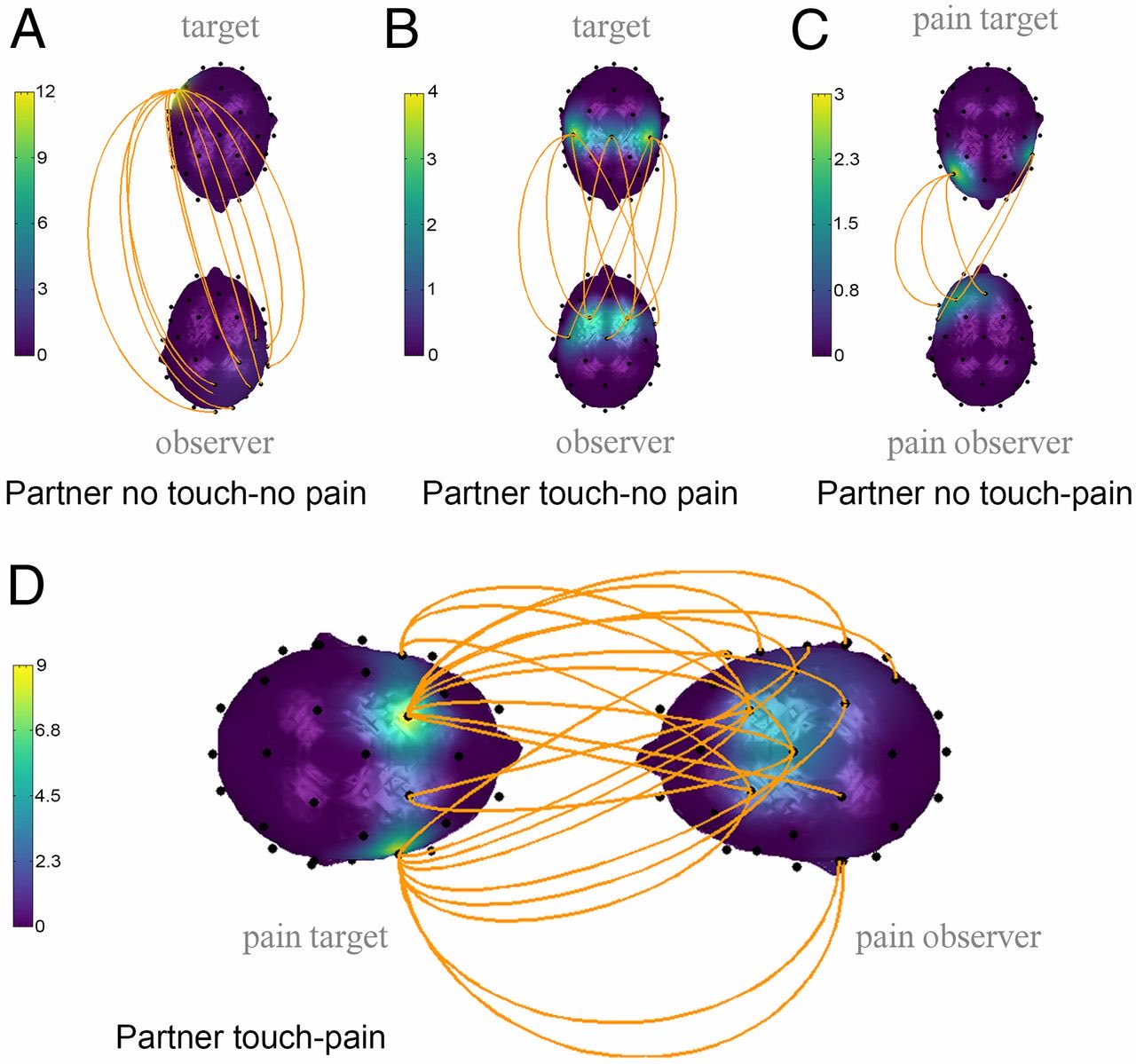Back
Bhanushali Rishi
Hey I am on Medial • 10m
I’m planning to build a smart ring that can detect our body’s motions and brain signals. The device will primarily address a common problem—feeling sleepy during important meetings, lectures, or events. The ring will monitor inactivity in hand gestures over a prolonged period or use other sensors to detect signs of drowsiness. When it senses that the user is feeling sleepy, the ring will deliver a small, harmless electrical impulse to stimulate the part of the brain responsible for alertness, helping the user stay awake and attentive. What do you guys think of this idea?
Replies (2)
More like this
Recommendations from Medial
Dr Bappa Dittya Saha
We're gonna extinct ... • 4m
Hi Medial peeps 👋 I’ve curated this for the dreamers, chasers, and hustlers building daily. Here’s my insight on how to hack yourself so that nothing external can break you: Most founders think their biggest risk is running out of capital. But n
See More
Dr Bappa Dittya Saha
We're gonna extinct ... • 2m
Your brain literally syncs with someone you love and that connection reduces pain. We often think of empathy as emotional. But neuroscience says — it’s electrical. A 2018 study published in PNAS found that when one partner experienced pain and the
See More
Anup Thatal
IT enthusiastic | Fu... • 6m
Seizure and epilepsy challenge? Challenges stay forever who is suffering from epilepsy. I have been facing this disease for more than 2 years. I have consulted many doctors with no solution. people challenges with epilepsy ? 1) Recall memory and b
See MoreOnly Buziness
Everything about Mar... • 2m
The psychology of “free” plays a powerful role in marketing — it triggers an emotional response that bypasses logic. When customers see something labeled as “free,” their brain perceives it as zero risk and instant reward, releasing dopamine — the ha
See MoreAryan Pandey
Founder: Nodes Tech • 10m
“The Time Machine Theory” I’ve sat through enough startup pitches to notice a pattern. Most of them go like this, “I want to build [some futuristic tech] that will solve [some impossible problem].” One guy pitched a smart ring with holographic proje
See MoreOnly Buziness
Everything about Mar... • 6m
“Start With Feelings: Emotional Entry Points That Sell Without Selling” People don’t buy features—they respond to feelings. Emotional entry point design starts with a relatable emotion, not facts. It pulls users in by making them feel seen. Think:
See MoreDownload the medial app to read full posts, comements and news.



































